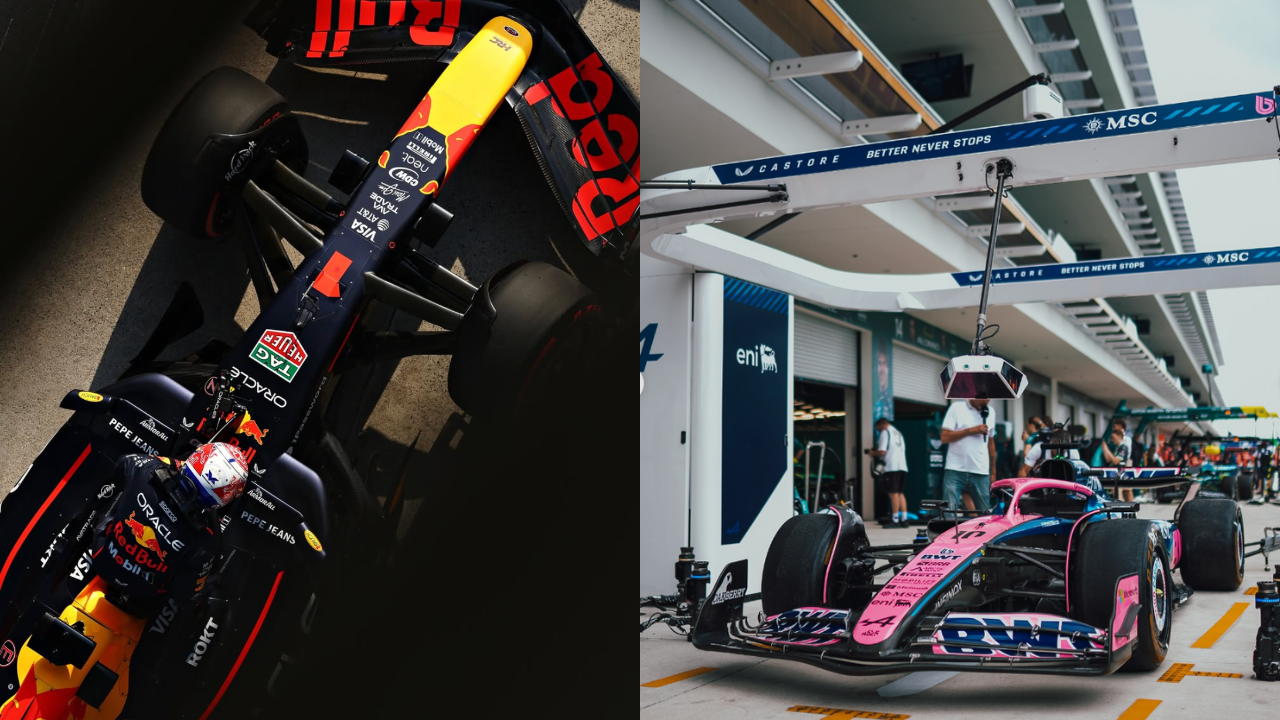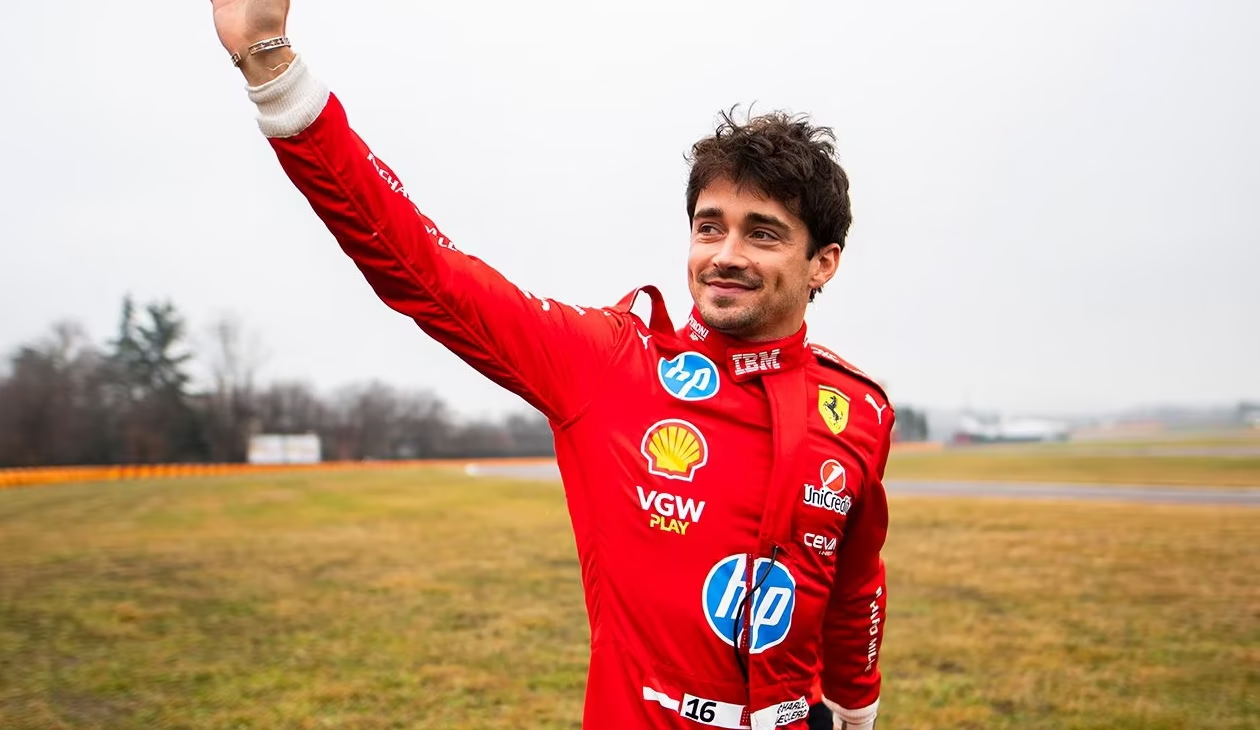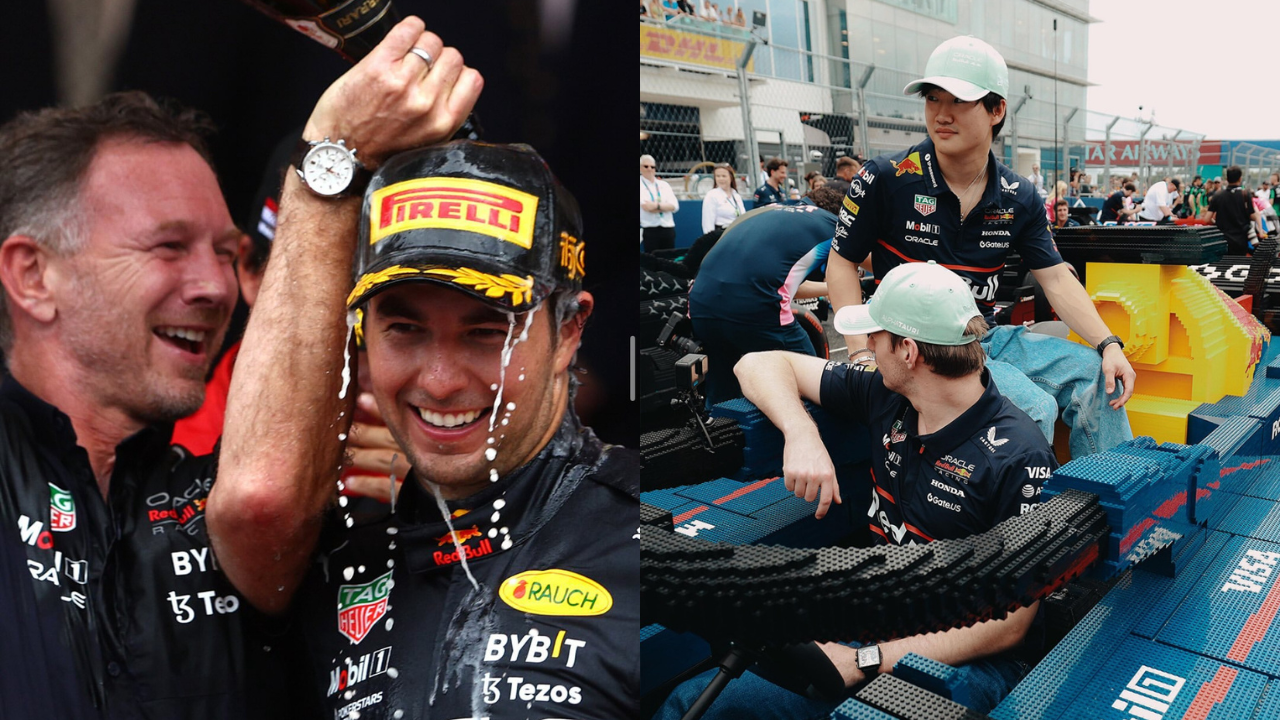The modern F1 car is an impressive feat of engineering. They’re created by some of the best engineers and designers in the world to compete in the highest level of motorsport. Part of what makes these machines so amazing is their engines.
In 2014, the sport moved from using traditional engines to hybrid power units. This was done to improve fuel efficiency. The amount of fuel that was allowed in these engines started at 100kg but has now gone up to 110kg, with a flow rate that is no more than 100 kgs/hour.
While teams can fill up the car’s tanks up to 110kg, they usually choose not to. Filling the fuel tank short by 5 to 15kg makes the car lighter. A lighter vehicle allows for quicker lap times and gives the driver a better chance on track. The team decides the total amount that needs to be filled in their car after many calculations. They must consider variables like safety cars and weather conditions since refueling is not allowed during the race.
The way that drivers pilot their vehicles also contributes to how fuel is consumed. Implementing a “lift-and-coast” technique, which involves lifting off the throttle before the braking zone going into corners, also saves on fuel.
Over the course of a 190-mile Grand Prix, F1 cars will usually consume 95-110kg of fuel. The only caveat to the amount of fuel filled is that by the end of the race, one liter must be left in the tank. The FIA take a sample of the fuel used for inspection. If there is not at least a liter left, the car is disqualified. Sebastian Vettel was disqualified from the 2021 Hungarian Grand Prix and lost his P2 position since he only had 0.3L left in his car.
Why are F1 cars not allowed to refuel during the race?
Historically, refueling has been a big part of racing in F1. As another element of strategy, allowing refueling gave teams the ability to have lighter cars. But, since 2010, it has been banned by the FIA.
One of the main reasons why refueling was banned by the governing body was due to safety concerns. There were several incidents in the pit lane during refueling that were dangerous to drivers and crews.
For example, during the 1994 German Grand Prix, Max Verstappen’s father, Jos Verstappen, had his car catch fire. When he came in for a pitstop, petrol sprayed out of the fuel hose onto the vehicle and the members of the pit crew. The fuel ignited, and Verstappen, his car, and the mechanics were all engulfed in flames.
“Then I saw the fluid coming. This was before I could smell anything, and that is why I was waving my arm. Then everything went up [in flames] and it was suddenly dark and black, and I couldn’t breathe. It was a situation you don’t normally think about: it is like you are suddenly put in a dark room, and then you think, ‘I need to get out…’,” Verstappen described the incident. [via Motorsport]
Another reason why refueling was banned was to save money. It was costing the FIA a hefty sum to transport heavy fuelling equipment from circuit to circuit, adding higher freight charges. The ban on refueling is what has prompted drivers and teams to be smarter about their fuel consumption.



